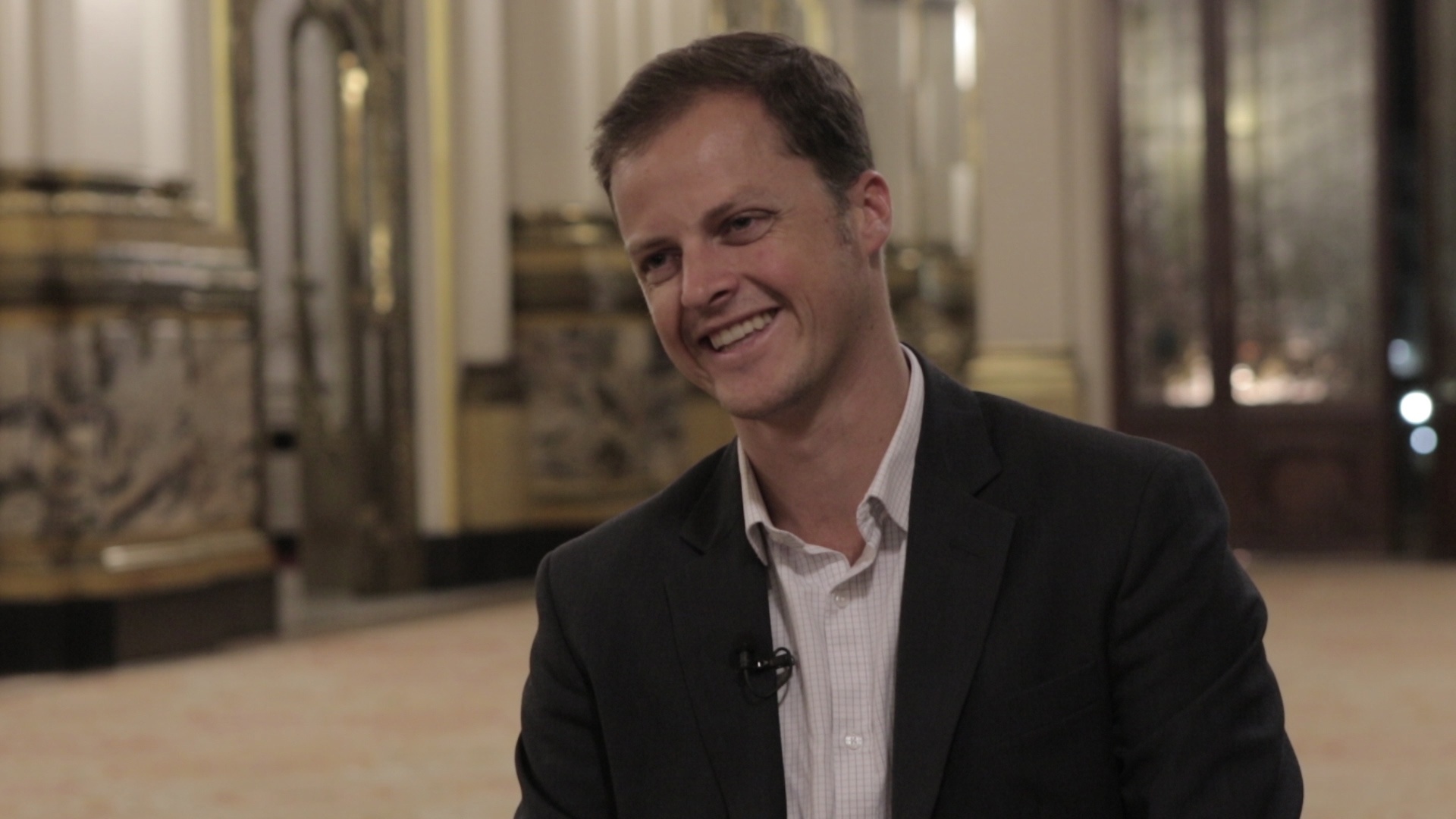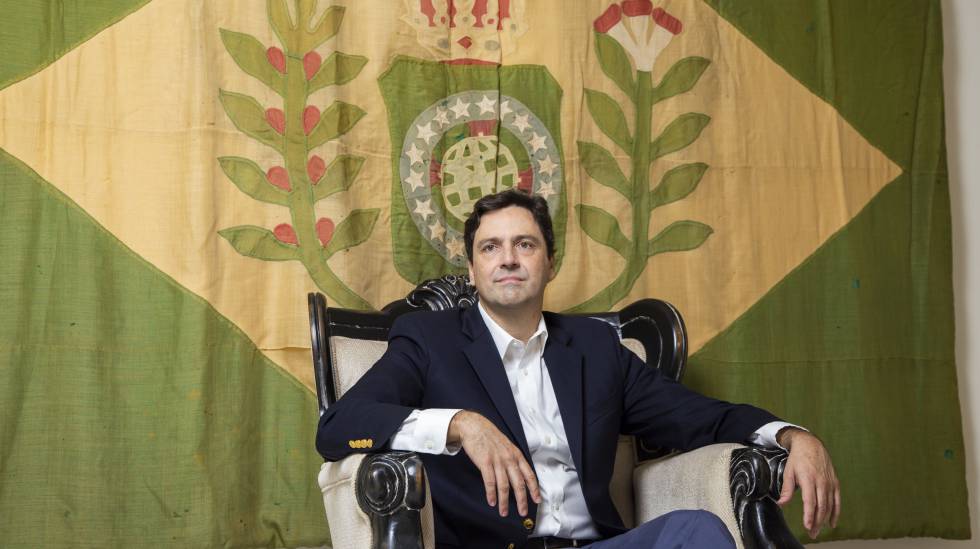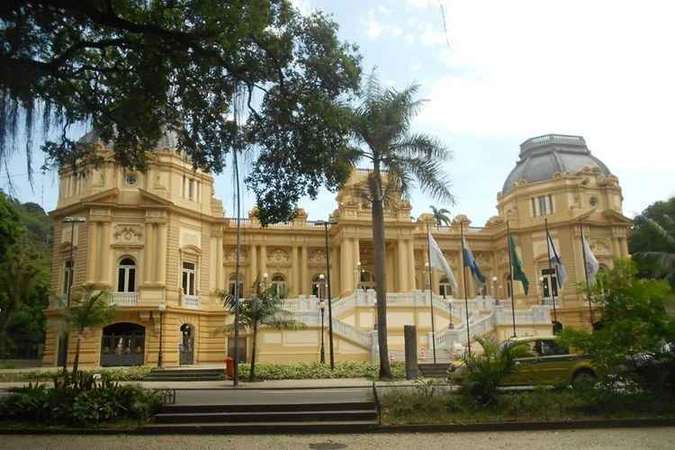RIO DE JANEIRO, BRAZIL – The Monarchy in Brazil ended 130 years ago, but the descendants of D. Pedro II (Peter II) are still following the ways of the high European nobility.
Great-great-grandson of Princess Isabel, D. Rafael Antonio Maria José Francisco Gabriel Gonzaga de Orleans e Bragança, 32 years old, is looking for a princess to marry and, thus, to follow the line of succession of the Brazilian imperial family.

“Tradition calls for a dynasty wedding (between members of dynasties who have the same status),” says D. Rafael, who holds the title of Prince of Orleans and Bragança. His parents, grandparents, and great-grandparents were all princes and princesses. He is in 4th place in the line of succession and, considering only the relatives of his generation, he is first in line.
D. Rafael became first in 2009, after his older brother, Pedro Luiz, died in the fall of Air France flight 447, flying from Rio to Paris, crashing into the Atlantic Ocean.
Of Rafael’s 11 uncles and aunts, five renounced their positions in the order of succession less than 30 days before their respective unions with people who, although being members of the Brazilian or foreign aristocracy, did not belong to royal families.
“People have natural affinity when they share the same values, so what I hope is to find a person who will complete me and make me happy,” said Rafael, when talking about the choice he needs to make. “If this happens, great.” Rafael lives in London because of his work as a production engineer at Ambev.
Marriage to members of a lower-ranking nobility is the reason why the imperial family is divided today between two branches – Petrópolis and Vassouras. In 1908, during the early Republic, the first son of Princess Isabel, Pedro de Alcântara (1875-1940), chose to marry the Czech countess Elisabeth Dobrzensky of Dobrzenicz, of a lower social status.
The decision of the then heir of the Imperial House, taken without his mother’s knowledge, forced him to resign. And the lineage of his brother, D. Luiz (1878-1920), moved ahead of his – a twist contested to this day by some of his direct descendants.
The children of Pedro de Alcântara form the Petrópolis branch, where the summer home of D. Pedro II was located, and the descendants of Luiz – including Rafael – form the Vassouras branch, where this part of the family settled some years after returning to Brazil from exile.
The dynastic rights of this second branch are recognized by the majority of Brazilian monarchists and by foreign royal houses. The current head of the Brazilian Imperial House, D. Luiz Gastão, 81, descends from this branch of the family.
Tradition, Family, and Property
However, his affiliation to the ultraconservative Catholic group Tradition, Family and Property (TFP), which shares the ideals of the right-wing in the political field, aggrieves his cousins in the Petrópolis branch. They accuse him of disrupting the tradition whereby a monarch should never show political or ideological preferences.
If Brazil were a monarchy, he would be the emperor.
Along the line of succession, the first following Luiz Gastão is his brother D. Bertrand who, like him, is also celibate and an advocate of the traditional family. He is in charge of the campaign ‘Paz no Campo’ (“Peace in the Countryside”), of the Plínio Corrêa de Oliveira Institute, a follow-on to the TFP.
“All the institute’s campaigns are summarized in three points: the protection of tradition and the cultural and historical values of the Nation, the protection of the traditional family, because without it society will fall apart, as well as the protection of property”. Rafael advocates non-partisanship as one of the main strengths of the Monarchy.
“For being impartial, a monarch ensures harmony and much greater stability in the country. He becomes head of state, he becomes a reference, he has the power to be conciliatory, to be a point of balance and to preserve unity”.
Despite not being able to express his preference for candidacies or partisan disputes, the prince does not shy away from answering what he thinks of Jair Bolsonaro’s government: “He has surrounded himself with a team of highly trained and skilled ministers who are working to make the country better”. The problem, according to Rafael, is that all proposals are dependent on governability.

Politics is precisely what garnered notoriety for the 50-year-old entrepreneur and political scientist D. Luiz Philippe de Orleans e Bragança when he was nominated for vice-president on Bolsonaro’s list of candidates.
Elected federal deputy, he became the first member of the Brazilian royal family to hold a political office in the Republic. Currently, Luiz Philippe is among the PSL bench members who have shown discontent with the party’s president, Luciano Bivar.
Along the line of succession, Rafael is followed by his younger sister, Maria Gabriela, 30, by his aunt, D. Eleonora, 66, and her children with Prince Michel de Ligne. The most recent generations of the Orleans and Bragança family also include a princess with Down syndrome: Maria Cristina, a 30-year-old children’s book writer from the Petrópolis branch.
Daughter of João Henrique – prince Joãozinho, famous for encouraging Paraty’s cultural agenda, particularly during the Flip (International Literary Festival of Paraty) – and architect Stella Cristina Lutterbach, she was responsible for turning parents into social inclusion activists.
Among the most famous descendants of Princess Isabel is Maria Cristina’s second cousin, D. Paola, 36, who made a career in modeling and was a TV host.
Tax
Although the line of succession runs in the Vassouras branch, only members of the Petrópolis branch collect funds from a tax called ‘laudemium’ or recognition fee. It is charged for the sale of real estate in the center of Petrópolis, in Rio state.
The amount of 2.5 percent of the total market price is paid in cash to Companhia Imobiliária de Petropolis (“Petrópolis Real Estate Company”), an organization managed by the descendants of D. Pedro II.
The emperor, who owned land in the center of Petrópolis, instead of selling, decided on a type of perpetual lease, which yields the payment of the recognition fee. The Brazilian Civil Code prohibits new leases of this type, although it retained those that already existed, including those that benefit some members of the imperial family.
Currently, Pedro Carlos – grandson of Pedro Alcântara – chairs the Petrópolis Real Estate Company. In 2014, a representative of the heirs told BBC Brasil that the recognition fee proceeds totaled R$4 million (US$1 million) in 2013 – an amount divided among some ten members of the royal family.
Unlike what occurs in Petrópolis, where D. Pedro II’s ownership of the land was recognized, the Guanabara Palace, in Rio, is still the subject of legal dispute. In December last year, the fourth group of the Superior Court of Justice (STJ) ruled not to compensate the Orleans e Bragança for the inclusion of the former Isabel Palace – Rio’s current government headquarters – into the national heritage.
The STJ’s decision – which can be appealed before the Federal Supreme Court (STF) – thwarted 34 of Princess Isabel’s great-grandchildren, who expect to be awarded at least R$60 million in compensation. Isabel’s husband, Count d’Eu, used as many personal resources to buy the land on which the palace was built as the Brazilian state had to pay.
In the princess’s prenuptial agreement with the Count, the nation pledged to provide 300 ‘contos de réis’ (the currency then) for the purchase of a residence.
This is the country’s longest-running lawsuit: until the STJ’s verdict, an astonishing 123 years of waiting had elapsed.

The Crown
When asked if he has been raised differently because he belongs to the line of succession, D. Rafael assures that his studies were not different “from any other Brazilian”. “After all, we studied, worked, work, pay taxes, pay rent, pay bills, like any other person,” he argued.
However, he recognizes that his family deals with “a certain degree of pressure” due to their names. “They carry a lot of history from a period that was very important for the country. I am very proud of that. So, we were raised to be role models because this role remains for many people,” he concluded.
On the Netflix series ‘The Crown’, which tells the selfless story of Queen Elizabeth II of the United Kingdom, Rafael said he began to watch the show, although he has not watched all the available episodes.
“I think the series teaches something about a monarch’s sacrifice,” he said, mentioning points in history where the Queen was forced to place the State’s interests before those of her family. “So the life of a monarch is very much committed to the nation. D. Pedro II himself used to say that, if he could, he would be someone else”.
Source: Estadão

